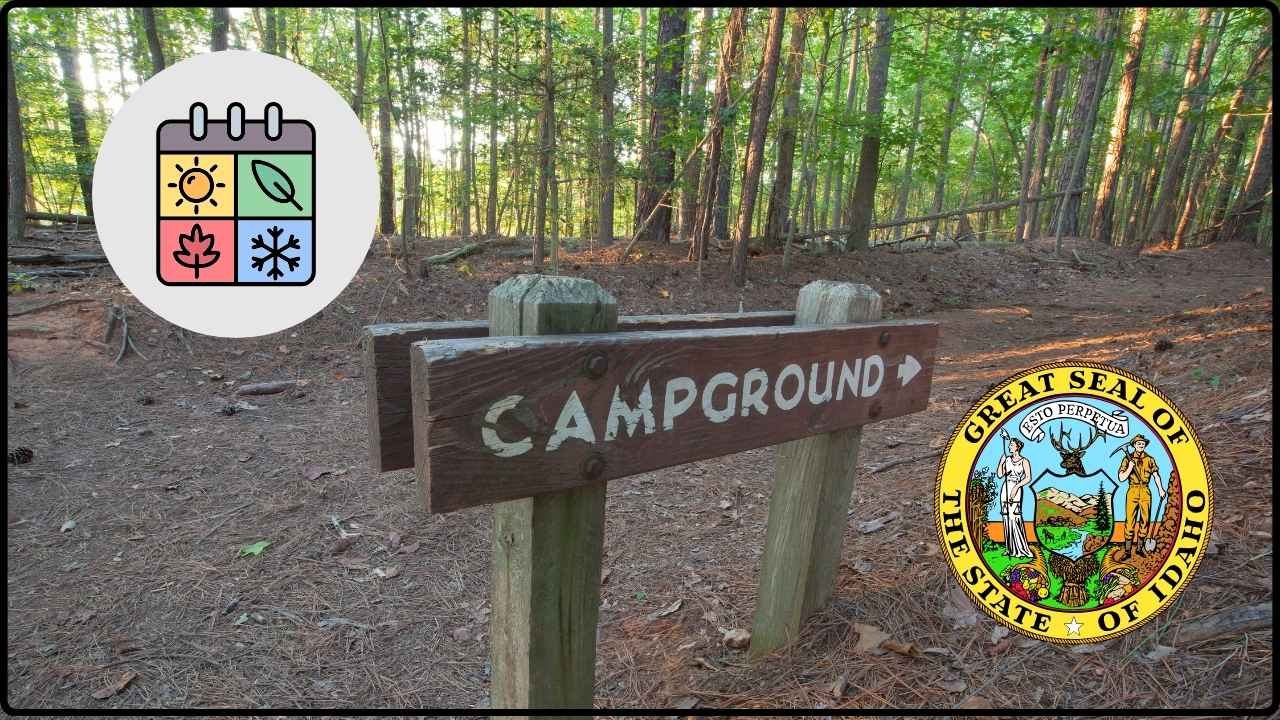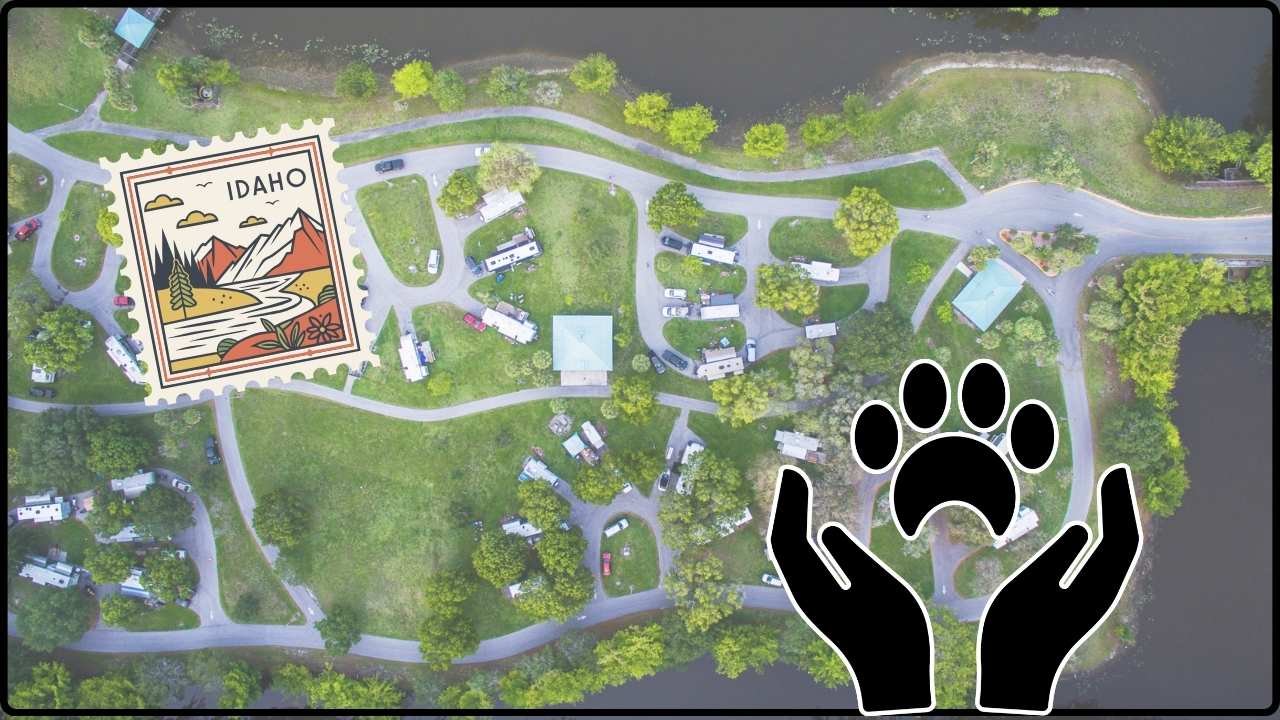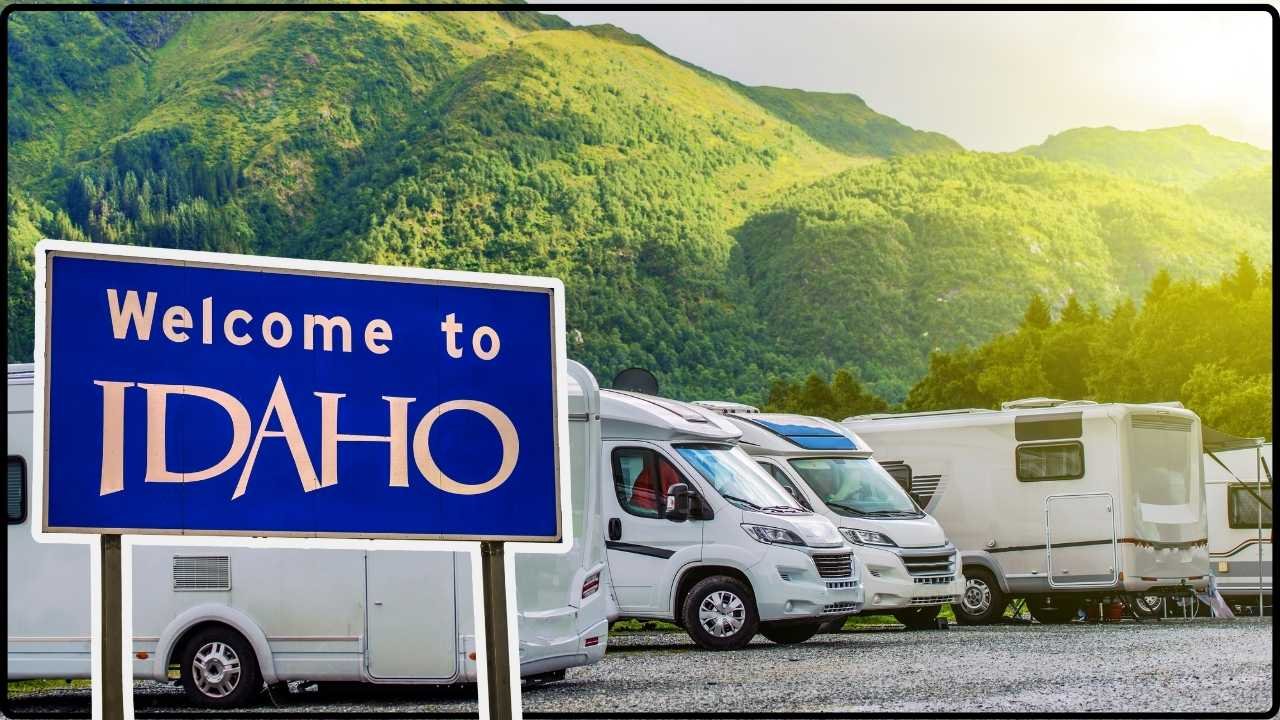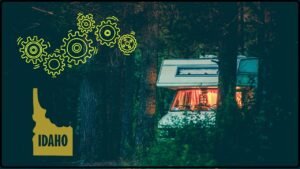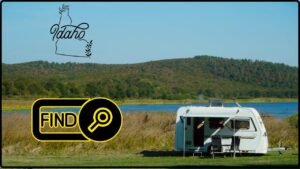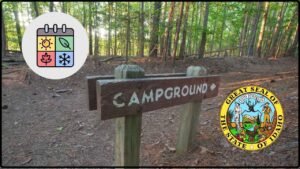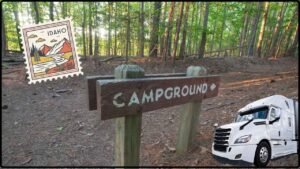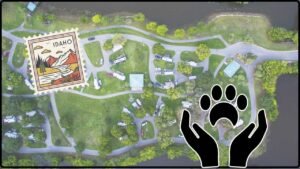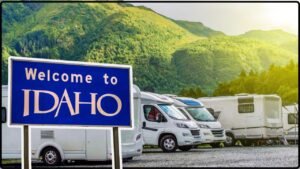Exploring the Snake River Birds of Prey Area: If you’re lookin’ for an unforgettable RV trip with a twist of Mother Nature’s finest, let me introduce you to the Snake River Birds of Prey National Conservation Area in Idaho. This place ain’t your average camping spot — it’s the top nesting ground for birds of prey in all North America, home to hundreds of hawks, falcons, eagles, and owls. Whether you’re a seasoned bird watcher, a nature lover, or just a wanderer looking for some peaceful outdoors, this spot’s got something special for you. So buckle up, here’s a down-to-earth guide on exploring this epic destination with your RV.
Exploring the Snake River Birds of Prey Area
Roll up to the Snake River Birds of Prey National Conservation Area for a real slice of American wildness where breathtaking views, incredible wildlife, and a laid-back RV experience come together. Whether you’re scouting for the majestic prairie falcon or just looking to kick back by the river, this Idaho gem offers a unique blend of adventure and serenity. Be prepared, be respectful, and soak in every moment of this soaring bird paradise.
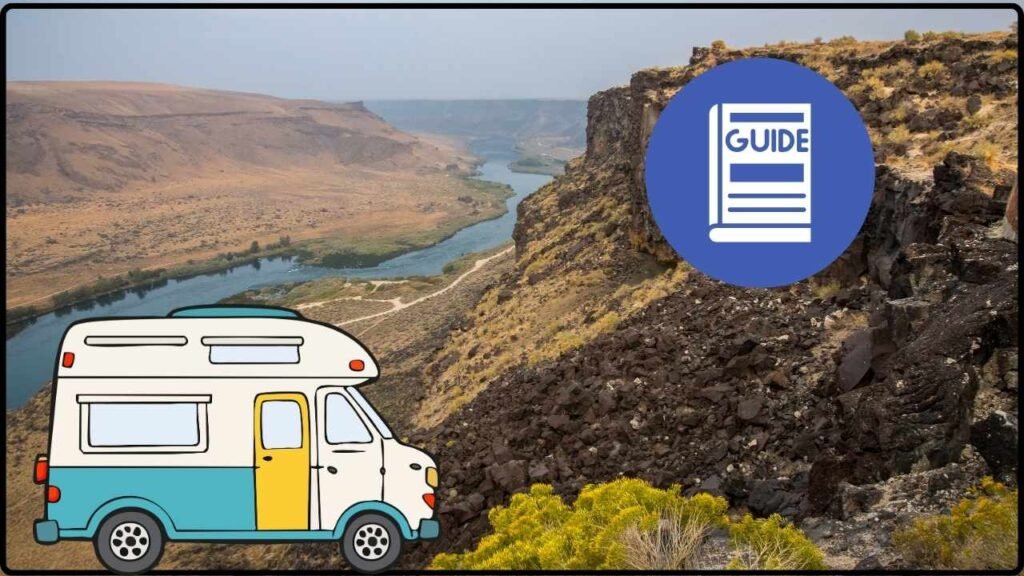
| Feature | Description | Data/Stats |
|---|---|---|
| Location | Southwest Idaho, 35 miles south of Boise along Snake River | Covers 485,000 acres |
| Raptors | Over 700 pairs nest (hawks, falcons, eagles, owls) | 150-200 pairs of prairie falcons |
| Best Visiting Months | Mid-March to June (best for nesting, chick feeding, fledging) | Spring season |
| Camping | Main campground: Cove Recreation Site, other primitive BLM campsites | 28 RV sites at Cove, several dispersed |
| Hiking & Viewing | 56-mile loop drive, Dedication Point, Celebration Park for petroglyphs and history | Multiple hiking trails and viewpoints |
| Wildlife Diversity | Raptors, ground squirrels, jackrabbits, coyotes, beavers | 15+ raptor species |
What Makes the Snake River Birds of Prey Area Special?
The Snake River Birds of Prey National Conservation Area (NCA) covers an impressive 485,000 acres along 81 miles of the Snake River, about 35 miles south of Boise, Idaho. Created by Congress in 1993 to protect the densest population of nesting raptors in North America, this sanctuary hosts more than 700 pairs of raptors, including 150-200 pairs of prairie falcons, which is the highest breeding density in the world. The rugged canyon walls soar up to 700 feet, offering countless nooks and crannies perfect for raptor nests.
The ecosystem here is truly one-of-a-kind — a unique blend of climate, geology, soils, and vegetation provides the ideal conditions for raptors and their prey. The area supports an unusually dense population of Paiute ground squirrels, critical as prey for prairie falcons, along with black-tailed jackrabbits and other small mammals. This rich food base drives the highest known densities of nesting raptors anywhere in North America.
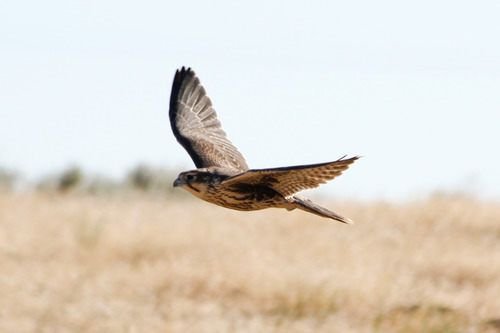
Cultural and Historical Significance
Before it was the go-to spot for bird lovers, this land was home to Native American tribes like the Shoshone-Bannock peoples. The land holds deep historical importance, with Celebration Park within the area showcasing petroglyphs and artifacts dating back as much as 12,000 years. Visitors get a chance here to connect with Indigenous heritage through these cultural relics and learn about how native communities have long respected and lived in harmony with this wild place.
RV Camping Guide for Exploring the Snake River Birds of Prey Area: Where to Stay
Planning to roll in your RV? Good call. The Cove Recreation Site is the main campground for RVers in this area, located alongside the C.J. Strike Reservoir. It offers 28 gravel-padded RV sites with fire rings, vault toilets, a dump station, and boat access — perfect for a chill blend of river fun and nature watching. No hookups here, so bring your own water and power
For those who prefer a wilder experience, there are several primitive BLM dispersed campsites near Swan Falls and Celebration Park. These spots are free, first-come, first-served, and best for self-contained units since they have limited or no facilities.
Nearby towns like Boise and Mountain Home offer grocery stores, gas stations, and other essentials to restock before or after your adventure.
What to Do: Activities and Attractions
Birdwatching
Springtime is prime time from mid-March through June to watch the raptors in action. You can spot eagle flight displays in March, chick feedings in May, and fledging in early June. Bring binoculars and stay patient — these birds move fast and nest in hidden spots, so quiet observation is key.
Scenic Drives and Hiking
A popular 56-mile loop cruises past dramatic overlooks like Dedication Point, Swan Falls Dam, and Celebration Park with its ancient petroglyphs. Choose from several trails ranging from easy strolls to rugged hikes. Fall, spring, and early summer offer the best weather for trail walking, with wildflowers blooming and cooler temperatures.
Water-Based Fun
The Snake River and C.J. Strike Reservoir provide ample opportunity for fishing, boating, and wildlife viewing on the water. Whether you prefer casting a line or paddling a kayak, the scenery from the water is unforgettable.
Wildlife Spotting Besides Raptors
Besides hawks, falcons, and eagles, keep a lookout for jackrabbits, ground squirrels, badgers (up to 11 per square mile!), deer, coyotes, beavers, and even otters. This rich ecosystem shows a thriving balance of predator and prey species.
Photography Tips
Grab your zoom lens or binoculars and aim for early morning or late afternoon light for stunning photos of soaring raptors and the canyon vistas. Wear neutral clothing and avoid sudden movements to keep from startling the wildlife.
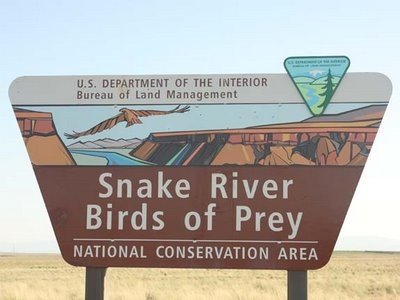
Conservation Efforts and Current Challenges
The conservation area’s establishment in 1993 was the result of intense research and advocacy to protect both nesting and prey habitat, recognizing that the raptor population relies heavily on the surrounding ecosystem. Ongoing threats include habitat fragmentation from dams, agricultural development, noxious weeds, overgrazing, and increased recreation.
Studies show the prairie falcon population has declined by nearly half since the area’s establishment, largely due to prey availability fluctuations linked to habitat degradation. The Bureau of Land Management continues to monitor populations, manage invasive plants, and balance human activities like grazing and military use to sustain the raptor and prey populations.
Visitors play a crucial role by respecting wildlife, staying on trails, limiting noise, and carrying out all trash.
Safety Tips for Families and Kids
- Always supervise children near cliffs, riverbanks, and campsites.
- Be watchful for rattlesnakes and keep a safe distance from wildlife.
- Pack sunscreen, hats, and plenty of water, especially in summer heat.
- Dress in layers as temperatures can swing widely in canyon environments.
- Follow posted signs and ranger guidance for a safe visit.
Practical Tips for Your Trip to Explore the Snake River Birds of Prey Area
- Most primary roads are well-maintained and suitable for RVs; dispersed campsites may require navigating rough dirt roads — check road conditions in advance.
- Water and electrical hookups are limited or absent; plan your RV’s water and power usage accordingly.
- Spring and fall offer mild weather, while summers can be hot and winters snowy.
- Pets are permitted but must be leashed; remember to respect all wildlife.
- Obtain any necessary permits, check local regulations, and pack all trash out.
Boondocking in Idaho 101: The Ultimate Guide to Free Camping
Idaho BLM Camping Rules Explained: The 14-Day Stay Limit and More

